
If you want the best, call the best!
(352) 634- 5223
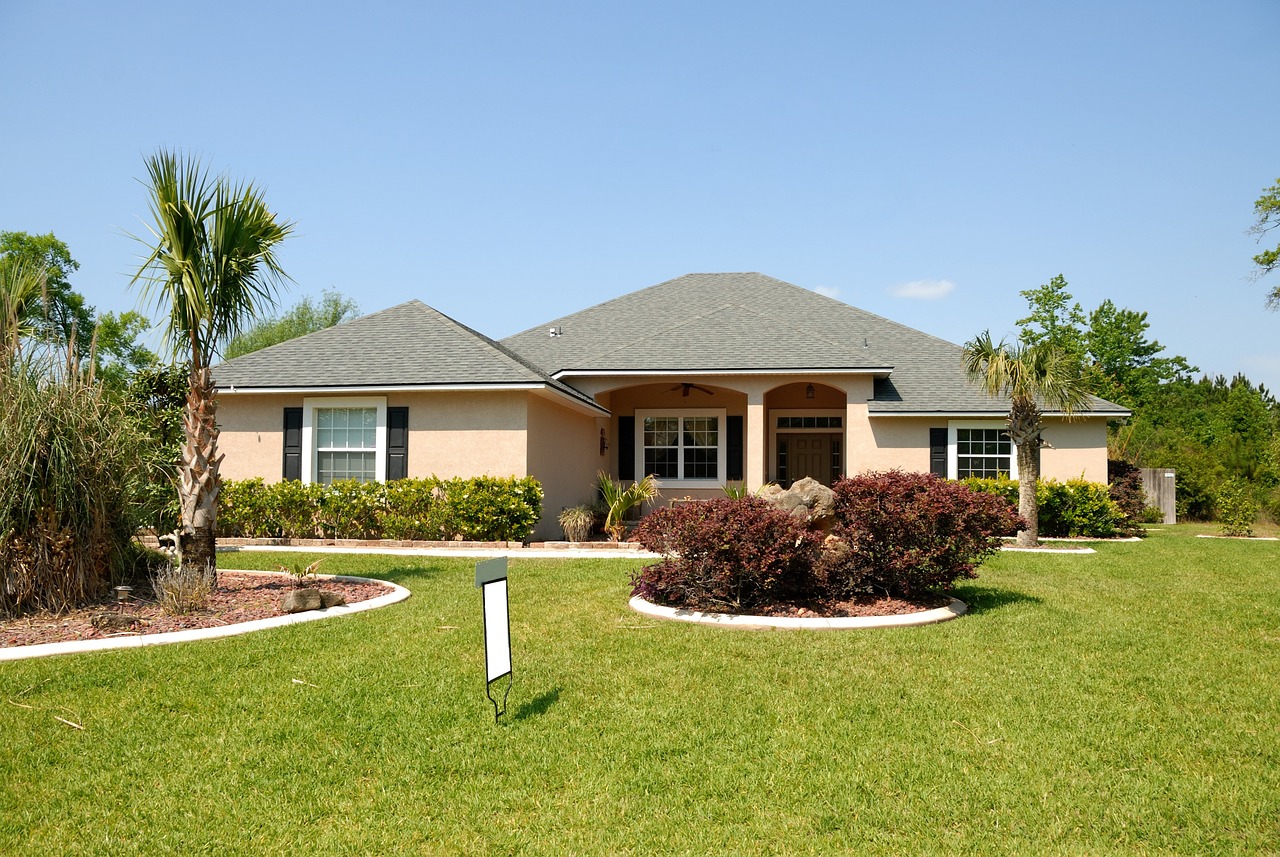
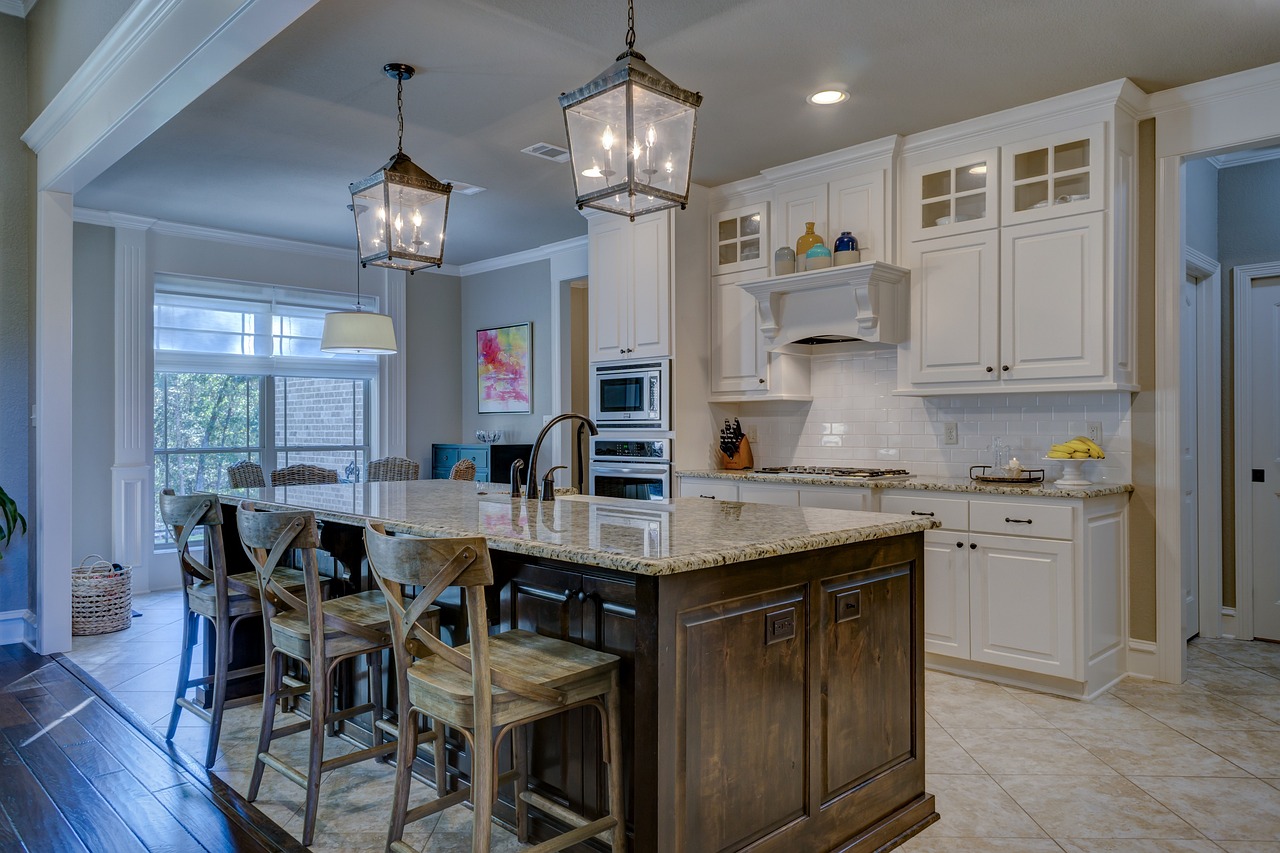

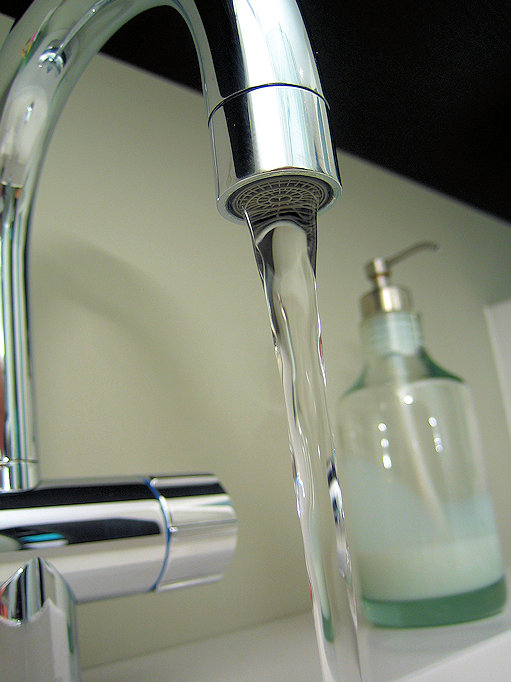
Home Inspection
A home inspection is a comprehensive examination of a property’s condition before buying it. It is typically performed by a professional licensed home inspector. Here are some key components that are included in a typical home inspection:
1. Exterior: The inspection starts with an assessment of the home’s overall exterior condition, including walls, foundation, roof, gutters, windows, doors, and landscaping. The inspector will look for signs of damage, wear, and potential issues, such as cracks, water leakage, or pest infestations.
2. Interior: The interior inspection covers various components of the home, including walls, ceilings, floors, stairs, doors, windows, and any visible plumbing, electrical, and HVAC systems. The inspector will check for defects, water damage, insulation concerns, proper ventilation, and signs of mold or mildew.
3. Roof: The roof is a critical element, and the inspector will evaluate its condition, looking for leaks, damage, or signs of deteriorating shingles. They may also inspect the chimney, skylights, gutters, and downspouts.
4. Plumbing: The inspection will involve checking the plumbing system, including pipes, fixtures, water pressure, drainage, and water heaters. The inspector identifies any leaks, corrosion, faulty pipes, or potential plumbing problems that may need attention.
5. Electrical: The electrical system will be assessed, examining the main electrical panel, circuit breakers, wiring, outlets, switches, and light fixtures. The inspector will look for safety issues, outdated or faulty wiring, and potential fire hazards.
6. HVAC: The heating, ventilation, and air conditioning systems will be inspected to ensure they function properly. The inspector will assess the condition of the furnace, air conditioning units, ductwork, filters, and thermostats.
7. Structural elements: The home’s structure, including walls, floors, foundation, basement, and attic, will be examined for any signs of damage, such as cracks, water intrusion, or structural issues that may affect the stability of the property.
8. Safety features: The inspector will confirm the presence and functionality of safety features like smoke detectors, carbon monoxide detectors, fire extinguishers, and handrails.
9. Appliances: While not always included, it is common for inspectors to examine major appliances like stoves, refrigerators, dishwashers, washers, and dryers to ensure they are in working order.
10. Written report: A detailed written report is typically provided after the inspection, outlining the findings, highlighting any issues discovered, and suggesting repairs or further evaluations if necessary.
It’s important to note that a home inspection is a visual examination of the property accessible to the inspector and may not uncover hidden defects or potential future problems. It is advisable to consult with a qualified home inspector to understand the specific scope and limitations of their inspection services.
Wind Mitigation Inspection
A wind mitigation inspection is conducted on a home to assess its structural strength and vulnerability to damage caused by high winds, like hurricanes or severe storms. The inspection typically includes the following components:
1. Roof Shape and Covering: The inspector examines the roof shape and determines if it’s gable-shaped, hip-shaped, or other, as well as the materials used for roof covering (e.g., shingles, tiles, metal). Certain roof shapes and coverings are more resistant to wind uplift than others.
2. Roof Deck Attachment: The inspector checks how the roof deck is attached to the underlying structure. The type and condition of fasteners used, such as nails or screws, are evaluated to ensure they meet the required building codes.
3. Roof-to-Wall Connections: This involves inspecting the connection points between the roof and the walls. The inspector checks for hurricane straps, clips, or other specialized connectors used to secure the roof to the walls. Properly reinforced connections enhance the home’s wind resistance.
4. Roof Geometry: The shape and slope of the roof are assessed to understand how it can affect wind flow and the potential for uplift.
5. Secondary Water Resistance: The presence or absence of a secondary water resistance barrier, like peel-and-stick underlayment or a sealed roof deck, is evaluated. Such barriers offer additional protection against roof leaks during severe weather events.
6. Window and Door Protection: The inspector examines the type of protective measures in place, such as impact-resistant windows and/or hurricane shutters, to safeguard against wind-borne debris damage.
7. Garage Doors: The inspection includes an examination of the garage door’s construction and reinforcement, as they tend to be vulnerable to high winds. Reinforcements like impact-resistant glazing or bracing systems can increase resistance to wind damage.
8. Exterior Wall Construction: The construction materials and techniques of the exterior walls are inspected for their durability against strong winds, including proper connections to the framing and adequate sheathing.
These are the typical elements covered in a wind mitigation inspection. The findings from the inspection can help homeowners in eligible areas obtain insurance premium discounts or qualify for mitigation credits.
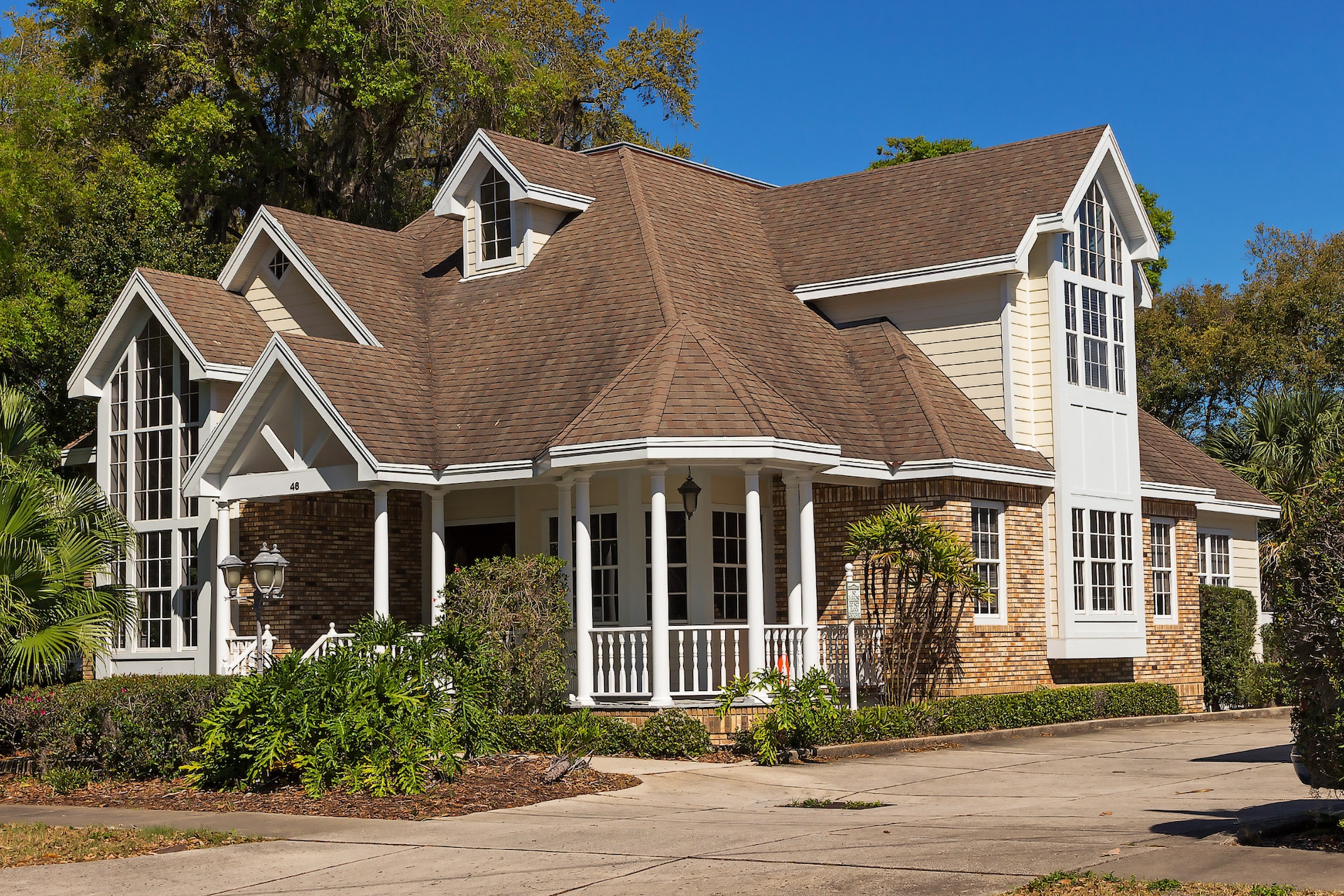
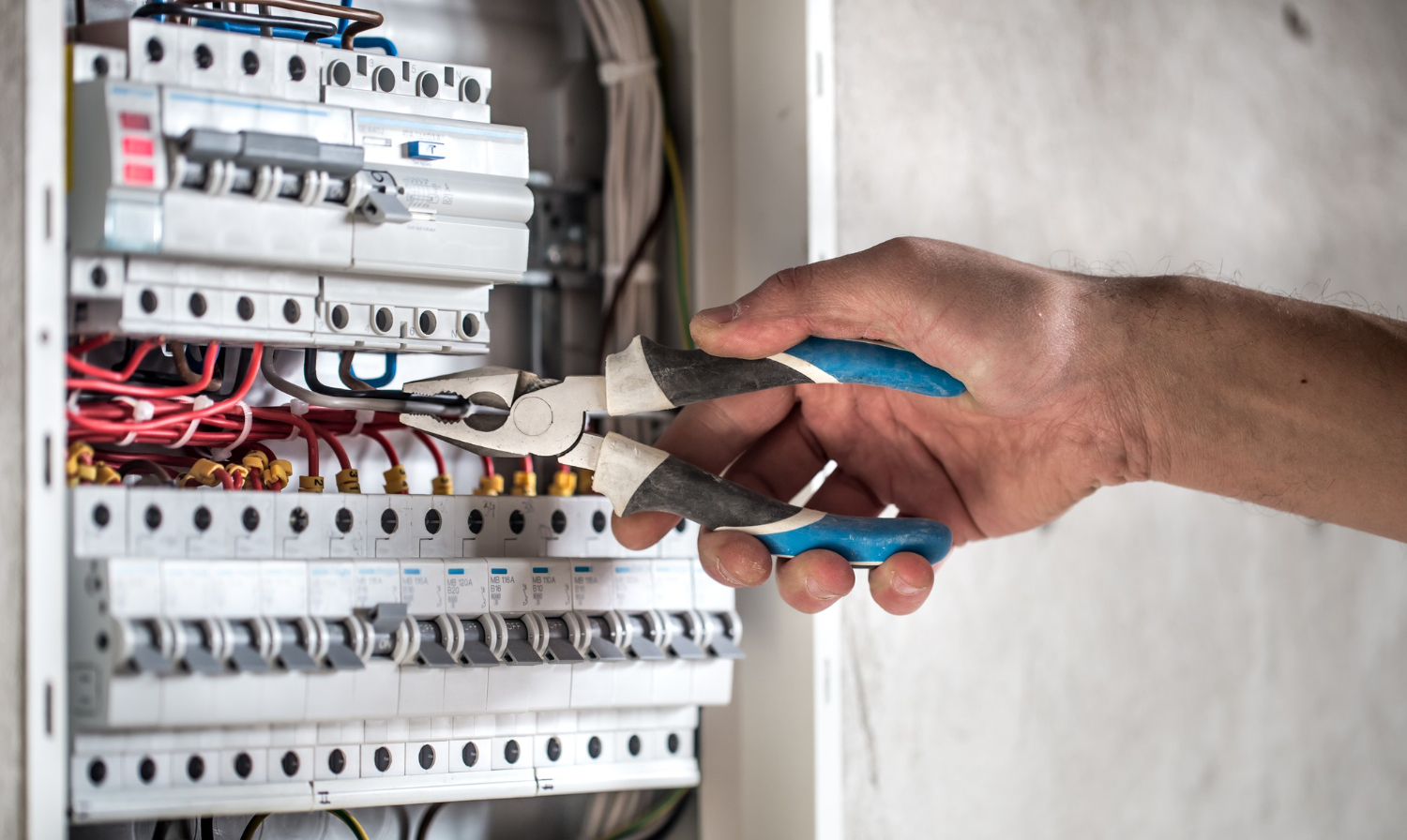
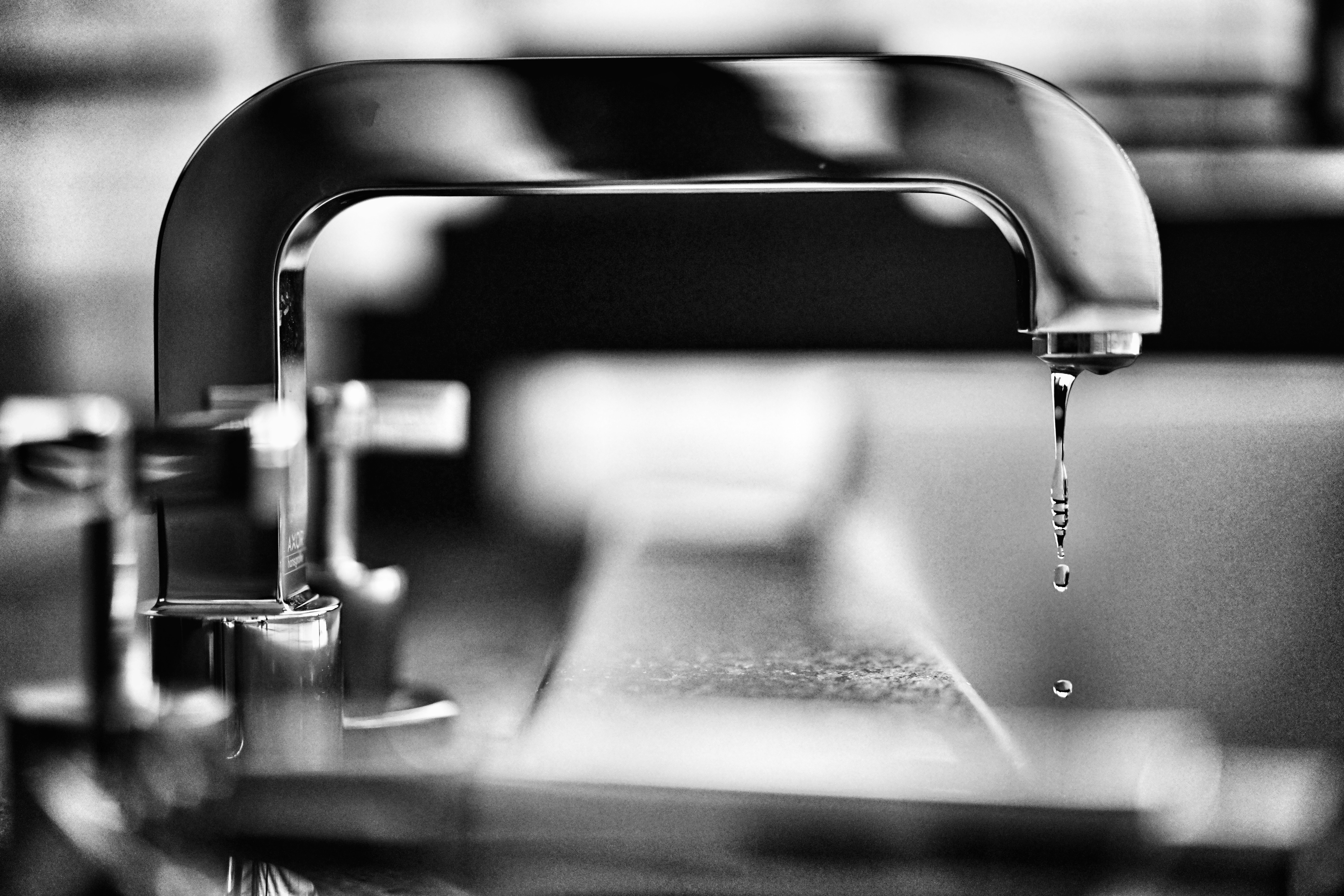
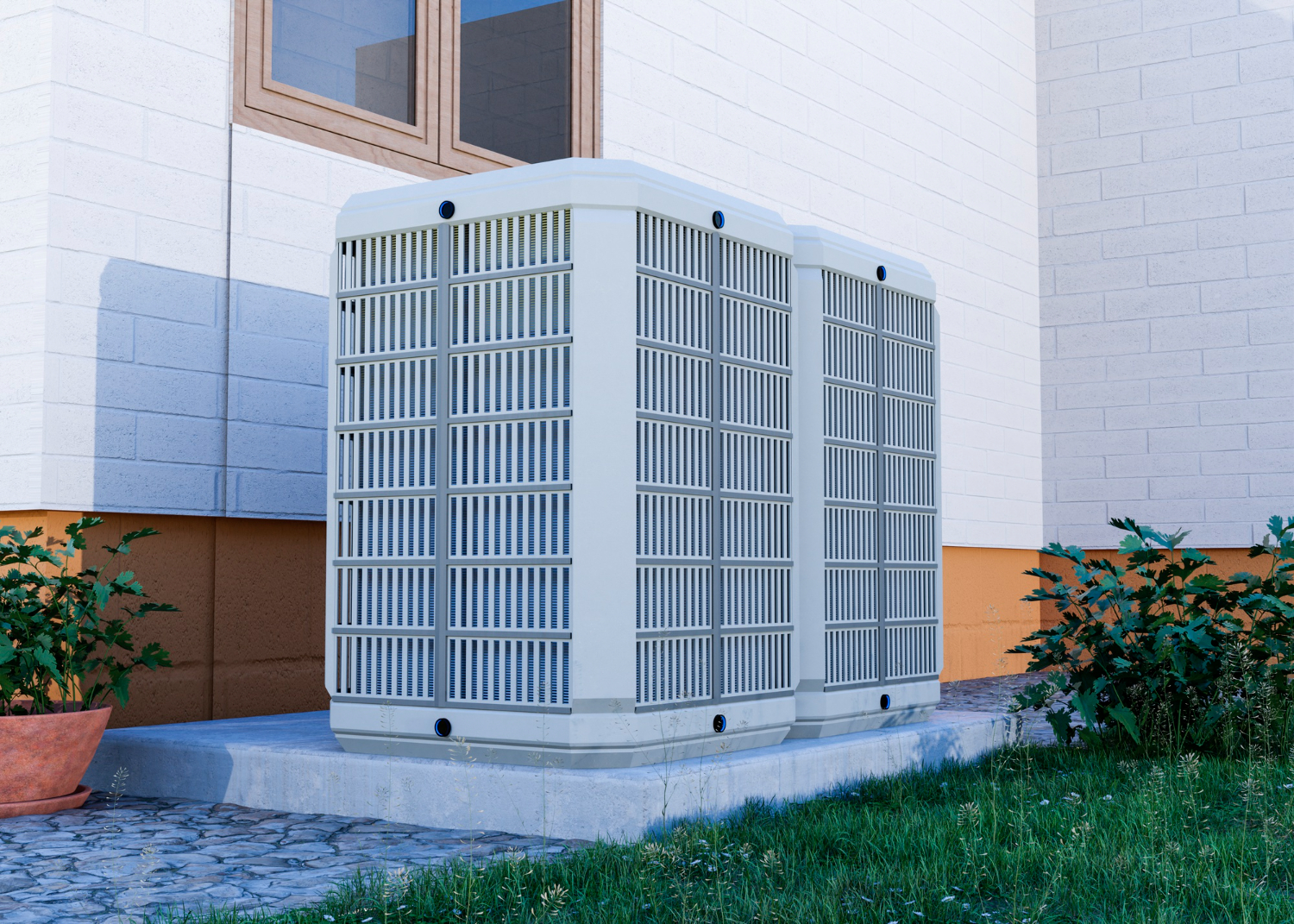
4 Point Inspection
A 4 point inspection for a home typically includes a comprehensive evaluation of four main components: the roof, electrical system, plumbing system, and HVAC (heating, ventilation, and air conditioning) system. Here’s a breakdown of what each component inspection entails:
1. Roof inspection: This involves assessing the condition, age, and overall integrity of the roof. The inspector will look for any signs of damage, such as leaks, missing or damaged shingles, deteriorating flashing, or sagging areas. They may also inspect the condition of the gutters and downspouts.
2. Electrical system inspection: This focuses on evaluating the electrical components and systems within the house. The inspector will examine the electrical panel, wiring, and connections to ensure they meet safety standards. They will also check for any potential hazards, such as outdated wiring, improper grounding, or overloaded circuits.
3. Plumbing system inspection: This involves examining the plumbing system, including the pipes, fixtures, and water supply. The inspector will check for any leaks, signs of corrosion, faulty connections, or inadequate water pressure. They may also inspect the water heater and drainage system for any issues.
4. HVAC system inspection: This evaluates the heating, ventilation, and air conditioning system of the home. The inspector will examine the condition of the HVAC equipment, including the furnace, air conditioner, and ductwork. They will check for proper functionality, cleanliness, and potential maintenance needs.
It’s important to note that a 4 point inspection is typically performed for insurance purposes, often required for older homes or older systems. It focuses on key areas that can affect the safety and functionality of the house, but may not provide an exhaustive evaluation of the entire property. If you are considering purchasing a home, it is recommended to also consider a full home inspection to obtain a more comprehensive assessment.

We Offer Military And Veteran Discounts!
Copyright © JD Inspections LLC 2015-2023
